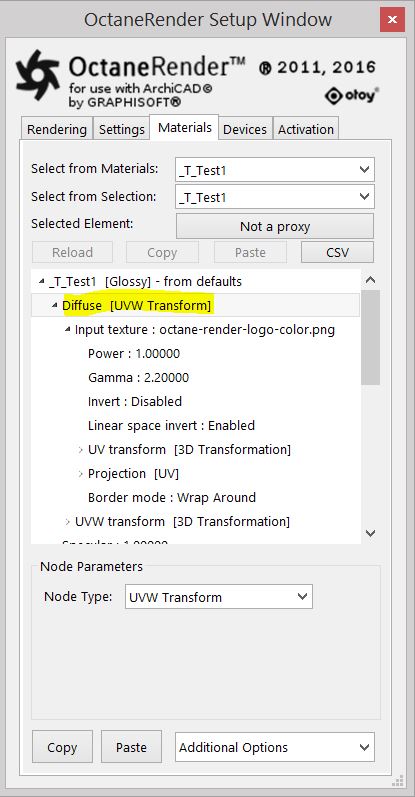
The UVW Transform texture takes an Input Texture and applies a map to transform the Input Texture’s UV layout on top of the its own UV coordinate transformation.

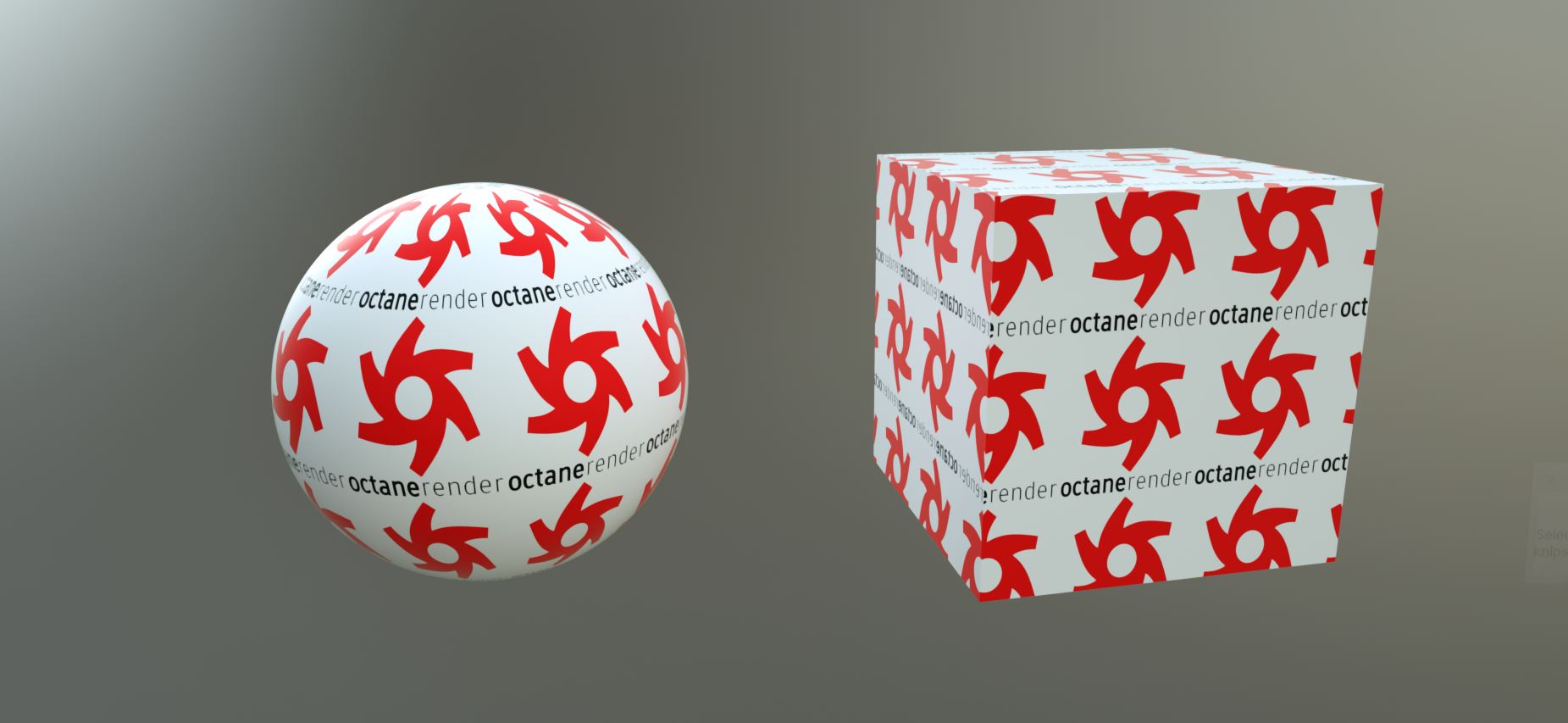
It is also applied to the input texture’s UVW Transform parameter, and this concept becomes more useful when used in conjunction with other mapping textures to combine different scales/orientations/translations of that same texture to create a larger detail range.
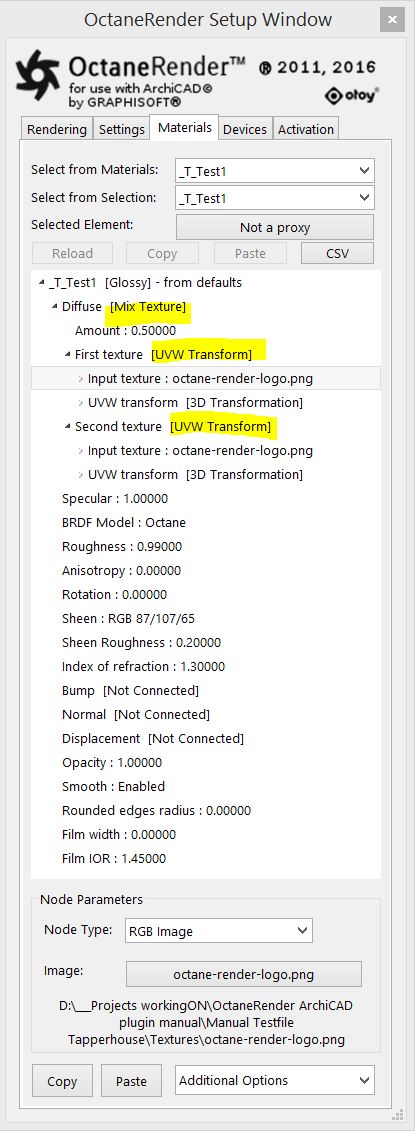
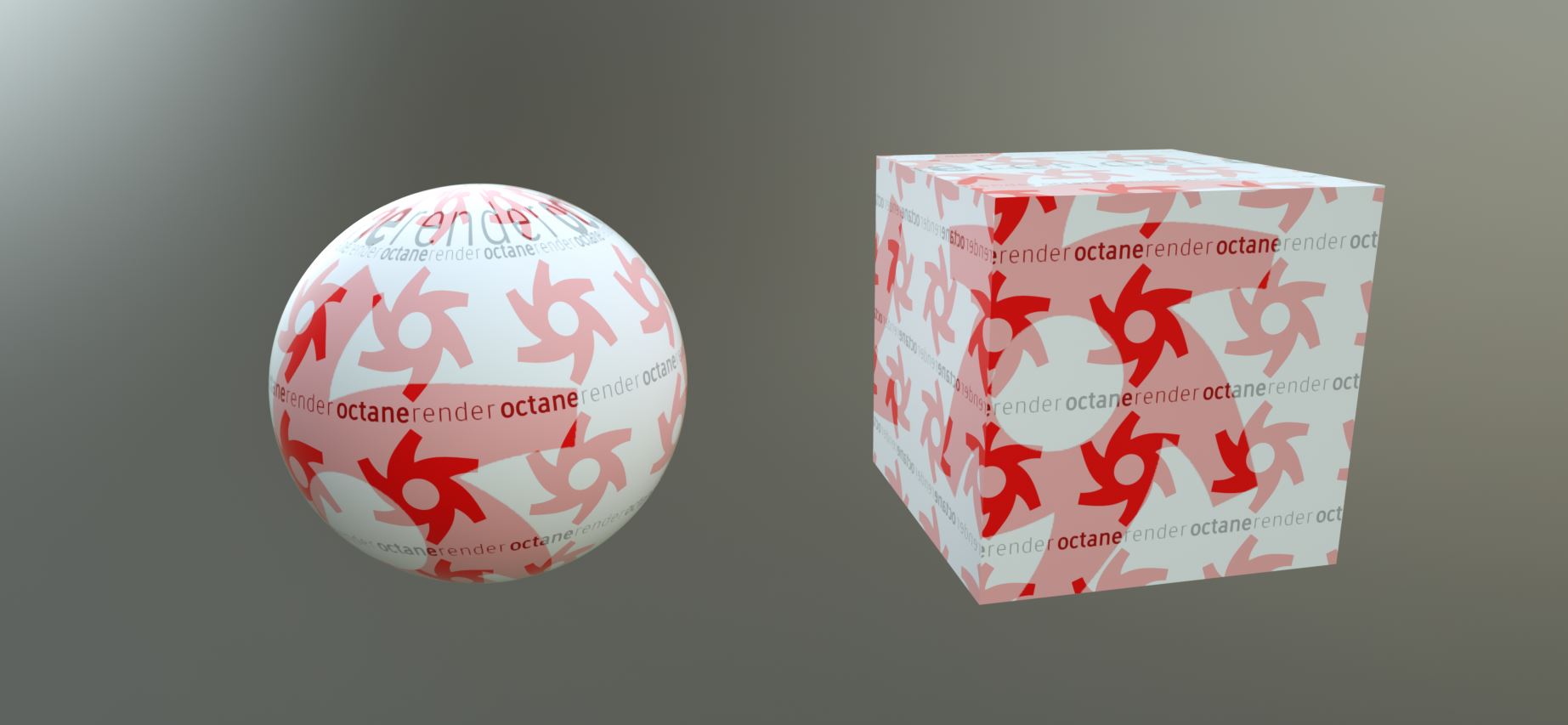
The UVW Transform texture can be used in conjunction with other mapping textures like the Triplanar Map texture, Mix texture, Cosine Mix texture, logical texture maps like Comparison, or arithmetic texture maps like Add, Subtract, and Multiply.
In the example below you can see the UVW Transform used in combination with compare Mix Texture (left) and used in combination with Add Texture (right).
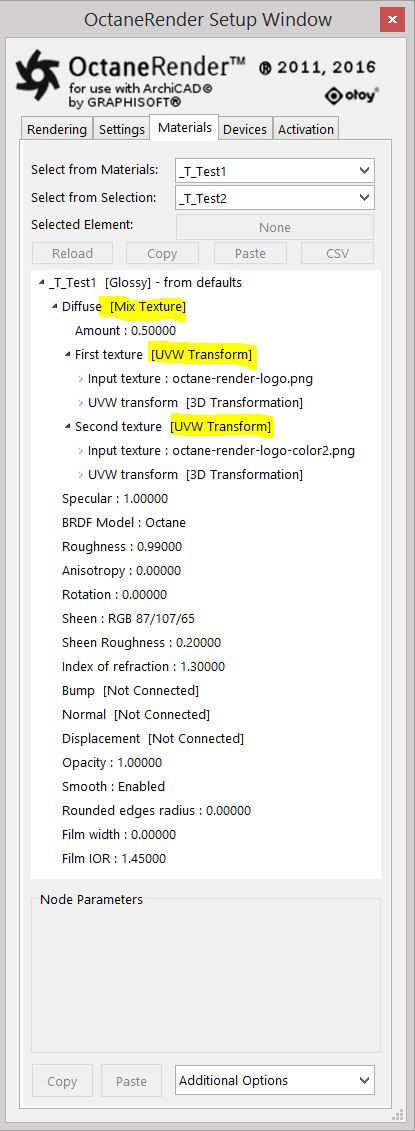
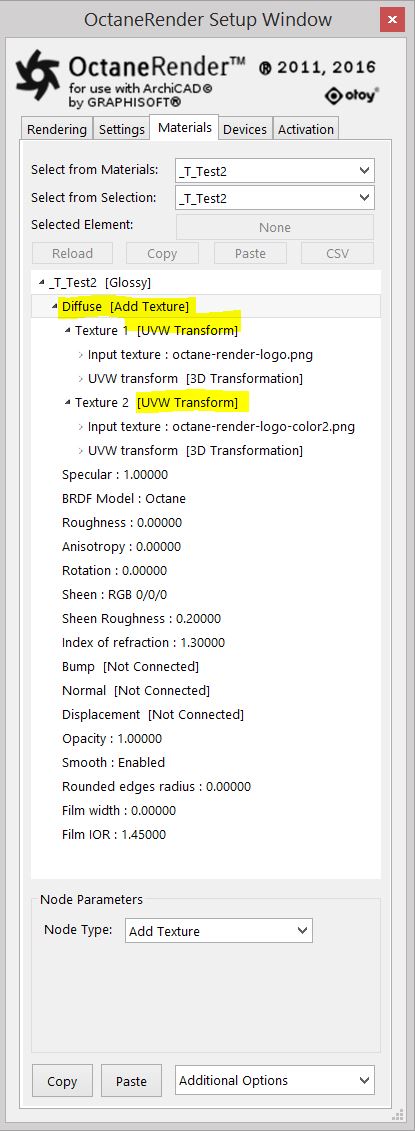
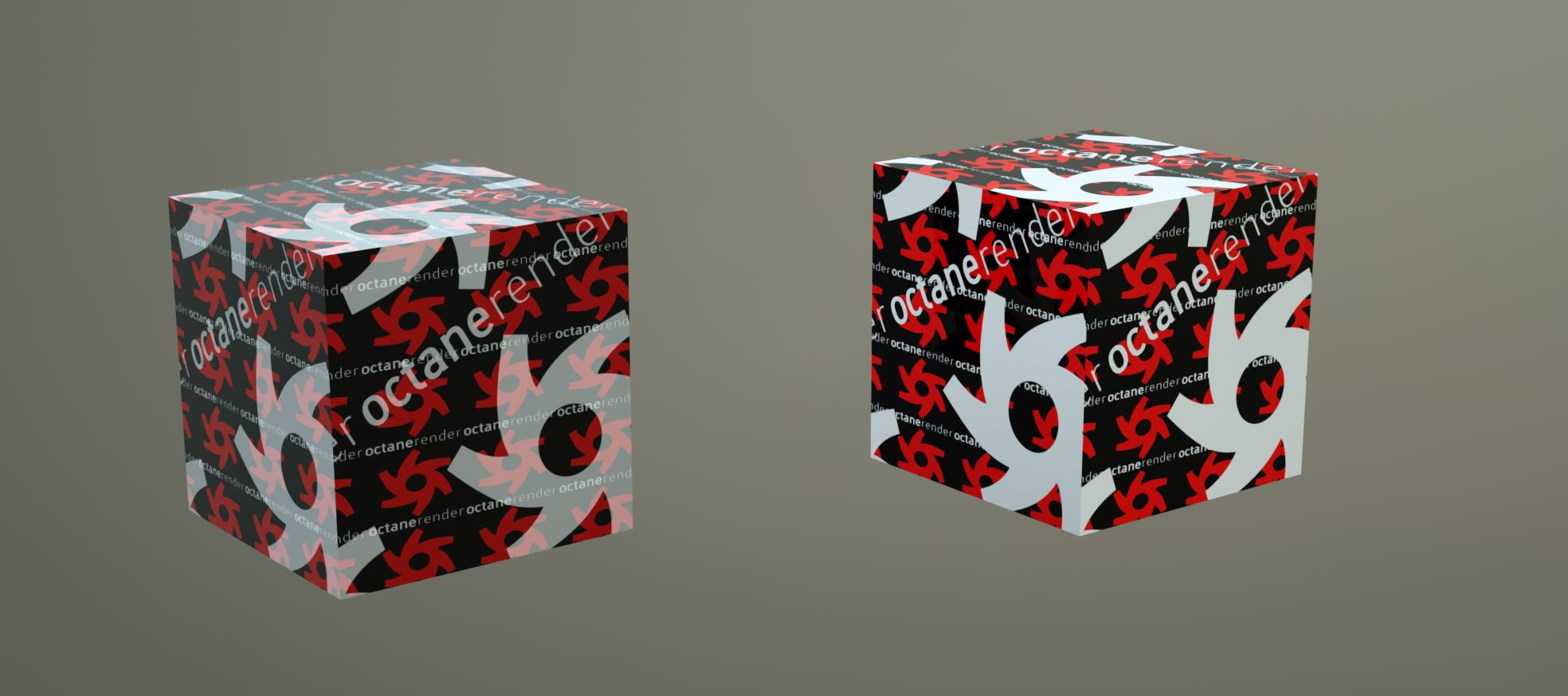
In the next example you can see the UVW Transform used in combination with Comparison Texture used with colors as output (left) and with textures used as output (right).

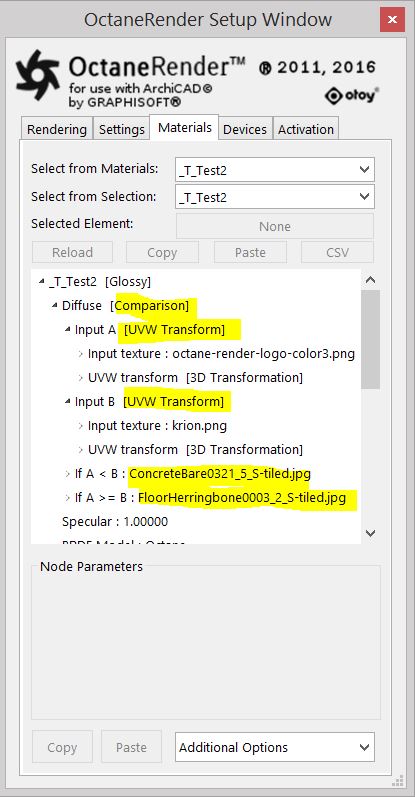
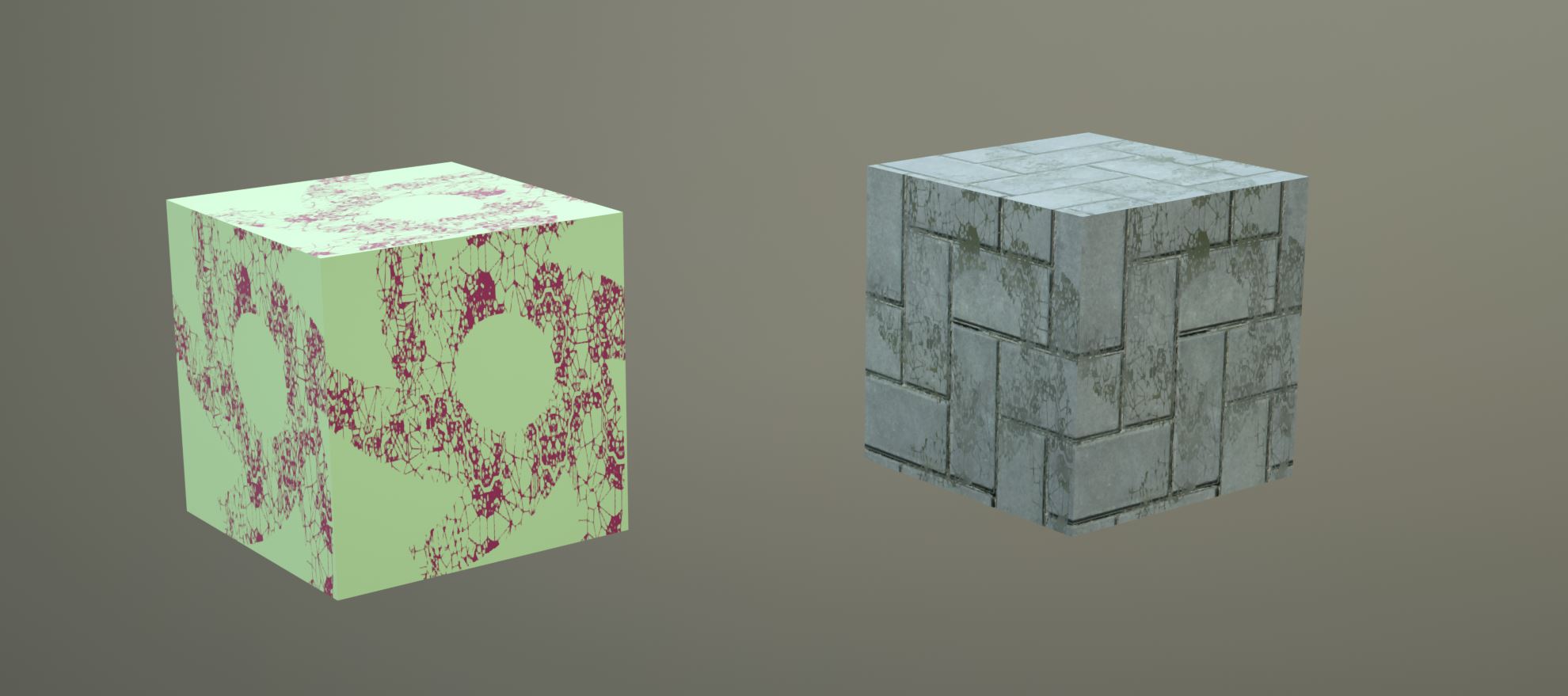
In the example below you can see the UVW Transform used in combination with compare Add Texture (left) and used in combination with Subtract Texture (right).
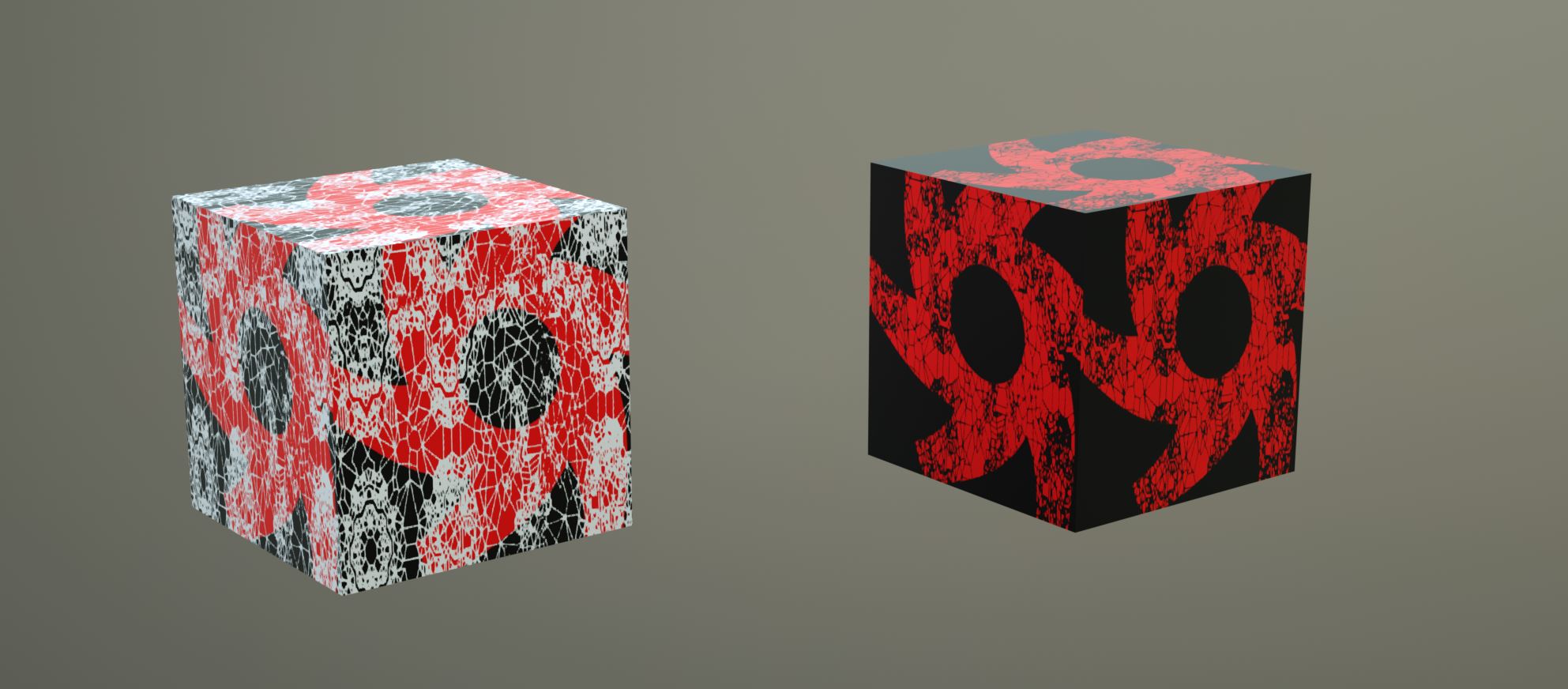
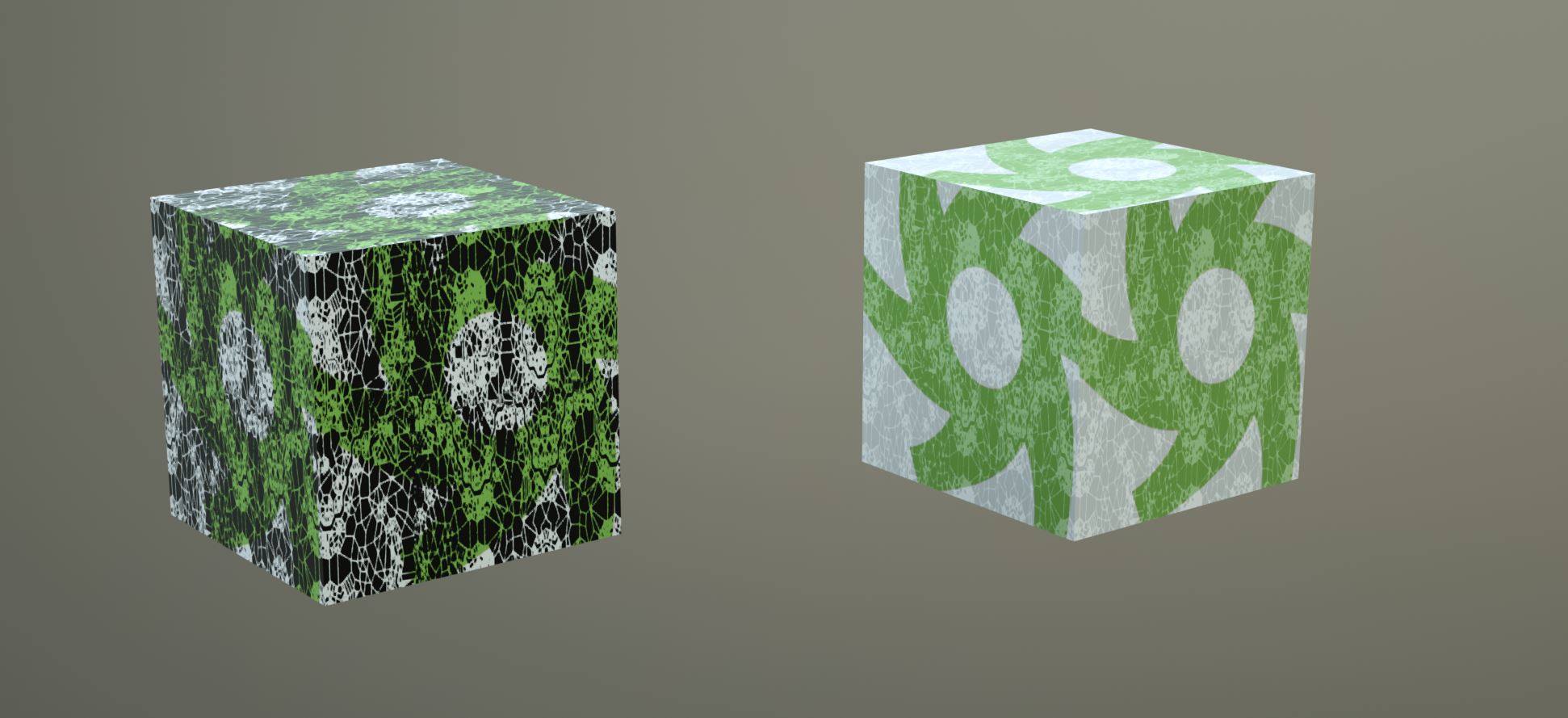
In the example above the UVW Transform is used in combination with compare Multiply Texture (left) and used in combination with Cosine Mix Texture.
Here is an example where there is a need to combine different scales/orientations/translations of the same texture to create a larger detail without creating obvious patterns:
